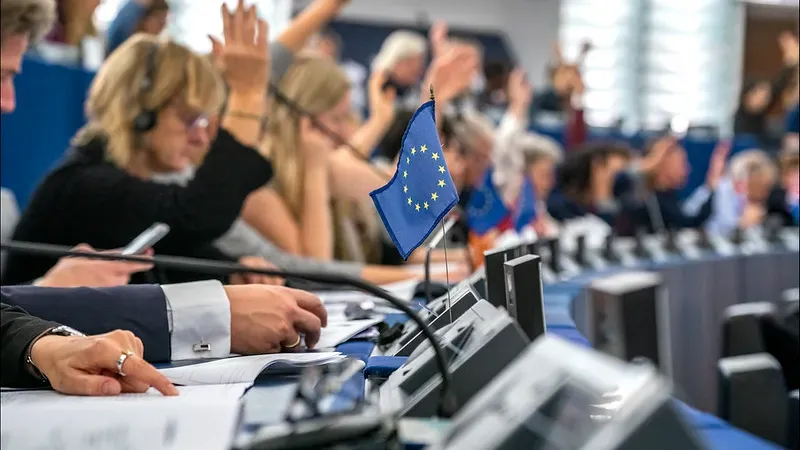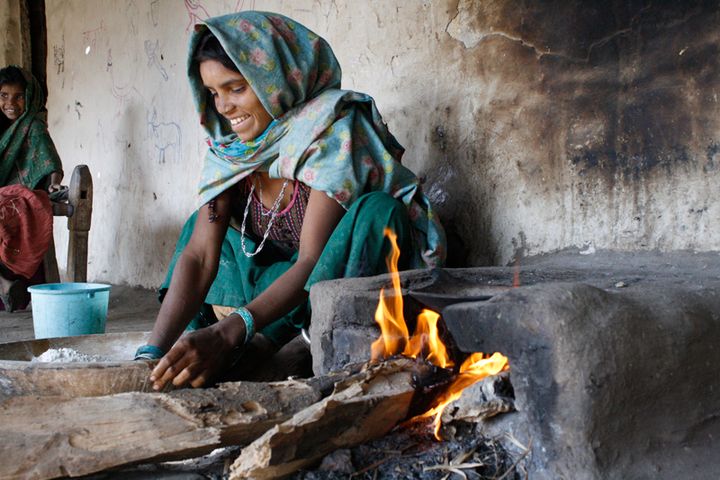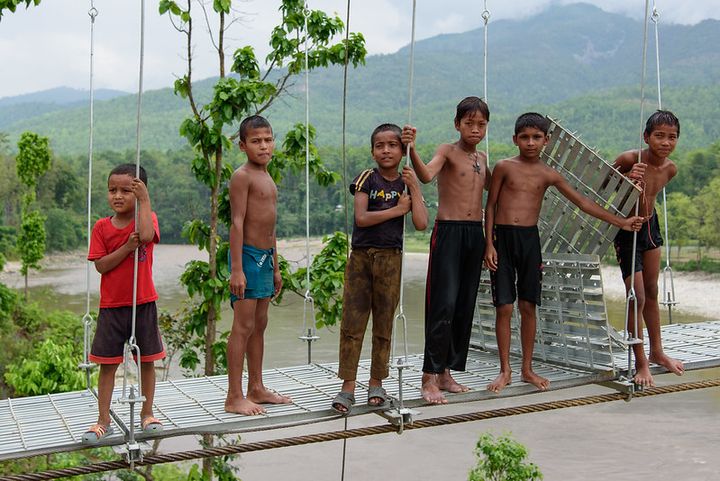Fixing CBAM’s inequality: Where the EU carbon border policies get it wrong
An interview with climate policy expert Varun Agarwal

Welcome to today’s edition of Lights On, a newsletter that brings you the key stories and exclusive intel on energy and climate change in South Asia.
A reminder that the easiest -and free - way you can support this newsletter's growth is by sharing it with your colleagues and inviting them to subscribe. You can share a link using the button below or forward this email directly. It takes a minute but it makes a big difference.
A landmark law that will make sure European industries can’t cheat on decarbonisation is inching closer to becoming reality. As part of its climate package Fit for 55, the EU, which through its emissions trading scheme already puts a price on greenhouse gas emissions, wants to address the so-called “carbon leakage” problem. This arises when companies in the bloc outsource goods and materials from countries that don’t put a price on carbon, keeping their carbon intensive purchases cheap.
The solution is called the Carbon Border Adjustment Mechanism, or CBAM, under which all imports will come with a price tag equivalent to that of the existing EU carbon market, the EU ETS. While this reform serves the EU's climate goals, its impacts will extend well beyond the bloc's borders, and will likely prove problematic. In the short term, it's developing economies relying on carbon intensive exports to the EU that will suffer the most.
As negotiators of the Council and the European Parliament reached a provisional agreement on CBAM, bringing it closer to final approval, Lights On speaks with Varun Agarwal, a climate policy expert with the World Resources Institute (WRI) India, to understand the magnitude of its potential impacts on countries like India.
Lights On: How exactly does CBAM fit into the EU’s plan to cut emissions?
Agarwal: The EU Fit for 55 is a set of policies with the overall target of cutting the bloc’s greenhouse gas emissions by at least 55 percent by 2030, compared to 1990. And they aim to reach net zero by 2050. Fit for 55 is an attempt to put these goals into law, and CBAM is one element of that package.
Currently, the EU has an emissions trading scheme, which regulates emissions from different industries. This scheme gives concessions to emissions intensive trade export sectors, in the form of free emissions allowances. The sectors it covers are iron and steel, cement, fertilisers, aluminium, electricity and hydrogen. This is to protect them from imports from other countries, which may not be pricing carbon at the same level, as well preventing them from moving outside the EU creating carbon leakages.
At the moment companies exporting to the EU are not covered by any regulation on their emissions, so through these free allowances EU companies remain competitive. Now as part of the Fit for 55 package, starting from 2026 the EU is planning to phase them out.
What happens next?
Once free allowances for these domestic companies start to reduce, the risk of carbon leakage will increase because international producers will not be facing the same level of carbon pricing in their own respective countries. So CBAM is designed to maintain the competitiveness once the EU ETS undergoes this reform by putting imports on par with domestic producers.
Why does this reform matter to India?
In terms of overall exports, the EU is a significant market for India. More specifically, it is a very important market for Indian exports within the sectors covered by CBAM, mainly for iron and steel.
The expert consortium Task Force on Climate, Development and the IMF estimates that under CBAM Indian exports in this sector would decrease by around 58 percent in 2030, compared to a no CBAM baseline. This translates into something like a 0.05 percent reduction in GDP. They also calculated a welfare impact based on household consumption. Overall the change in trade in India would amount to something like $1.8 billion in 2030.
There are many ways to measure emissions, some methods capture the direct carbon coming from industrial processes - known as scope 1, others look at indirect emissions from energy consumption, and up and down the value chain, known as scope 2 and 3. Which categories are covered under CBAM?
The current proposal only targets direct emissions from these sectors [scope 1]. The calculated welfare impacts are just taking into account scope 1 emissions, however were coverage to be expanded to scope 2 and 3, these impacts would increase in magnitude.
Wouldn’t these looming threats be a good incentive for Indian industries to decarbonise faster?
Once CBAM kicks in, industries may respond to it, but it will take time. Some of the sectors we spoke about, cement, steel, these are what we call “hard to abate” for a reason, and they are capital intensive industries. Globally, the decarbonisation technologies for these sectors are at a nascent scale, and secondly these investments have a lifetime of some 10 to 15 years, so whatever assets they currently own are tied to their production process at the moment.
Does that mean that developing economies like India only stand to lose from CBAM and future similar schemes?
The reasoning behind CBAM is valid. If a country implements a high carbon price, they still have to compete with international markets. However, there are ways that would have made its design better. For example, they could have targeted the revenue collected through the scheme, which at the moment are expected to be used for decarbonisation objectives within the EU.
But would it be possible to conditionally redistribute them back to developing countries which are most impacted by CBAM? Of course you’d need to ensure that the government's don't give the same revenue back to industries from which it was collected, and actually use it to address welfare impacts on people or to help support the carbonisation objectives.
Alternatively, the EU could think about differentiated price floors for countries like India, that would be something like $25, for middle income countries, it could be around $50 and for high income countries, $75.
This would recognise that, yes, Indian producers should also be paying a price on their emissions, but that should not be the same price that European producers pay [because the responsibility for climate change is different]. So in that sense, if Indian producers would be treated differently, but that would make sure that while this cost encourages Indian producers to decarbonise, it is not so prohibitively expensive as if it was on par with European producers. This idea would be more administratively complex, I guess. But it could also make the CBAM proposal more equitable.
That’s all for today! If you like what you read, you can subscribe here for more:



